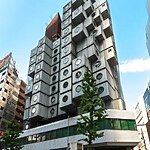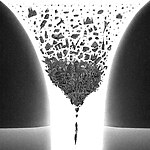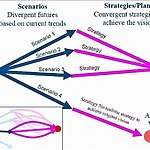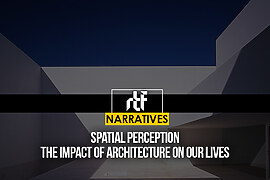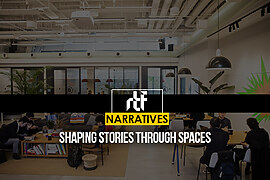“The best way to predict the future is to create it.”
The desire to do something neoteric is what breaks the tessellation and helps to imagine the radical approaches with the passing time, as the visioners are bringing something new every day which reduces human efforts whether it’s for art, technology, environment, or sustainable living everyone is approaching towards the methodologies keeping in mind the futuristic needs.
The example below objects the efficient use of spaces not because of lack of affordability but to make use of every ounce available.

Compromising doesn’t mean losing the quality of facilities, it’s just an approach to conquer the unpredictable problems which may happen in the future whereas space-efficient planning can be a solution that defines planning efficiently to manage goals without even realizing the need for excess.
Futuristic thinking is not particularly a concern in our thoughts but the ability to imagine, envision and predict what has not been achieved, a vital skill for true progress. After all, thinking outside the box stimulates our thoughts and keeps us connected with the future.
Interpreting the Pattern
The frames between historical and contemporary architecture was the blur phase where all initial trials took place to adapt to the modern lifestyle but sadistically created a lot of deterioration in the environmental atmosphere and unusual land wastage which might be a demand in the future, though vertical urbanism would be adopted.
For instance, the metabolism movement originating in Japan and most influential in the 1960s—trending roughly from the late 1950s to the early 1970s and then got transmuted to some organic architecture can be called the evolution of futuristic architecture with the newness of unique and dynamic volumes which tends us to think even more, another example can be Brutalism which was a movement in architecture that flourished in the 1960s and 1970s, pioneered in continental Europe by Le Corbusier which also appealed freshness.
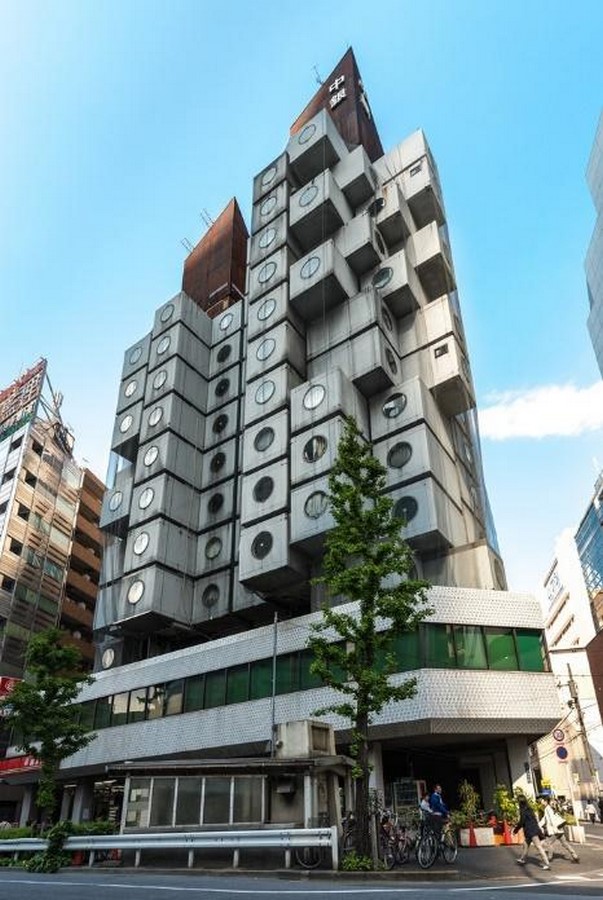
Stop Accepting the Default
With the new breeze of uniqueness, the evolution of parametricism took place which further did set new aims to be achieved, it’s known to be a major shift in forms based on computer technology and algorithms and towards performance and the business necessity of creating a functional building for the client’s need.
The concept arose from digital animation techniques in the mid-1990s but gained importance in the early 21st century with the development of an advanced parametric design that also inspired future architects to find a balance between form and function. Art and science as well as technology and soul. Only time could tell how balanced these concepts would be.
“A story in my mind” by Sebastián Camacho, Martinez Arquitectura
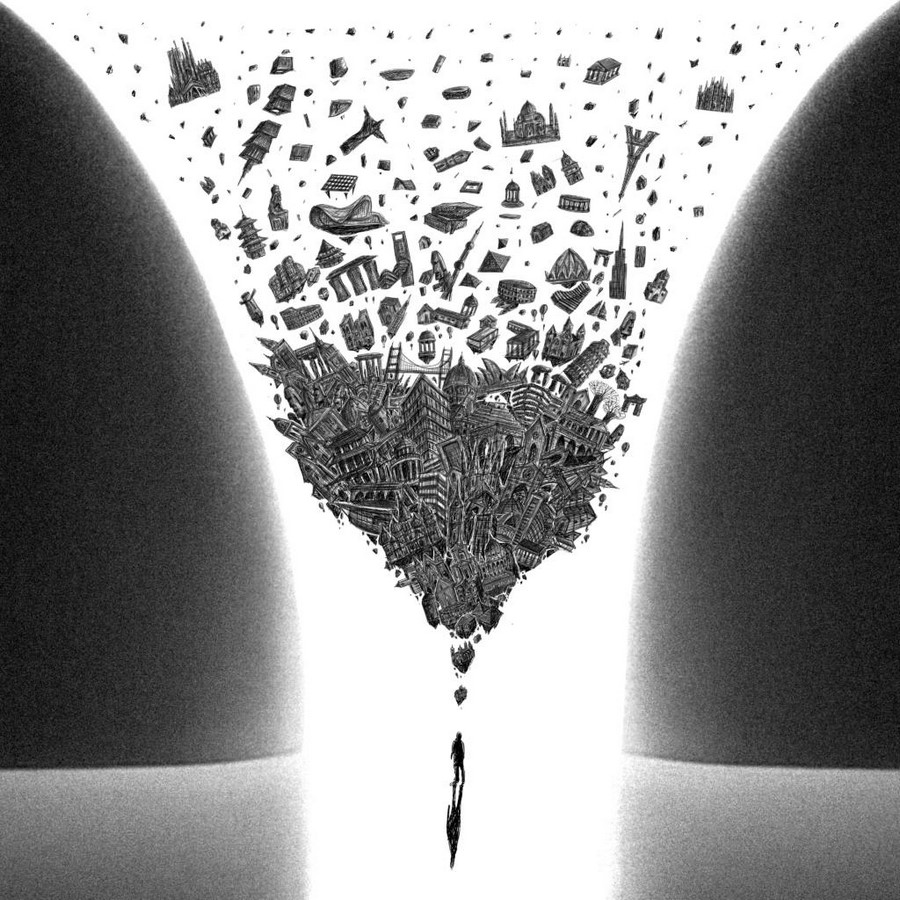
More recently this was made explicit by charting the stages of Parametricism, in terms of subsidiary styles, as follows: Foldism, Blobism, Swarmism, and finally Tectonism, which is the most mature and complex substyle within the epochal paradigm of Parametricism.
Tectonics in architecture is defined as “the science or art of construction, both concerning use and artistic design.” It refers not just to the “activity of making the materially requisite construction that answers certain needs, but rather to the activity that raises this construction to an art form.” It is concerned with the modelling of material to bring the material into presence: from the physical into the metaphysical world.
The Spring of Technology
With the innovations happening every day to ease the life of people something like software took birth to decrease human effort and challenged human creativity. Software architecture determines the quality and longevity of the system. It is about making fundamental structural choices that are costly to change once implemented.
The software architecture is an outline for both the system and the project. It is an artifact for early analysis to ensure that a design approach yields an acceptable system. By building effective architecture, design risks can be identified and reduced early on in development. The software architecture determines technical standards, including software coding standards, tools, and platforms, and provides the right technical solutions to ensure success.
Let’s Start Predicting the Future!
Scenarios building can be described as a story based on the analysis and understanding of current and historical trends and events. Including a consistent description of possible future scenarios. The development of narrative scenarios helps identify possible routes towards a vision of destiny. This can be done by an individual or a group of stakeholders by simply staying focused on the main topics addressed in the vision.
At the beginning of any planning process, scenarios (visions) can be created, which in turn serve as the basis for identifying latent strategies and plans to achieve the vision that is feasible and consider desirable goals in terms of equity, economy, and the environment. Stakeholders at all levels need to be involved in this process, and a good facilitator is supreme in this process.
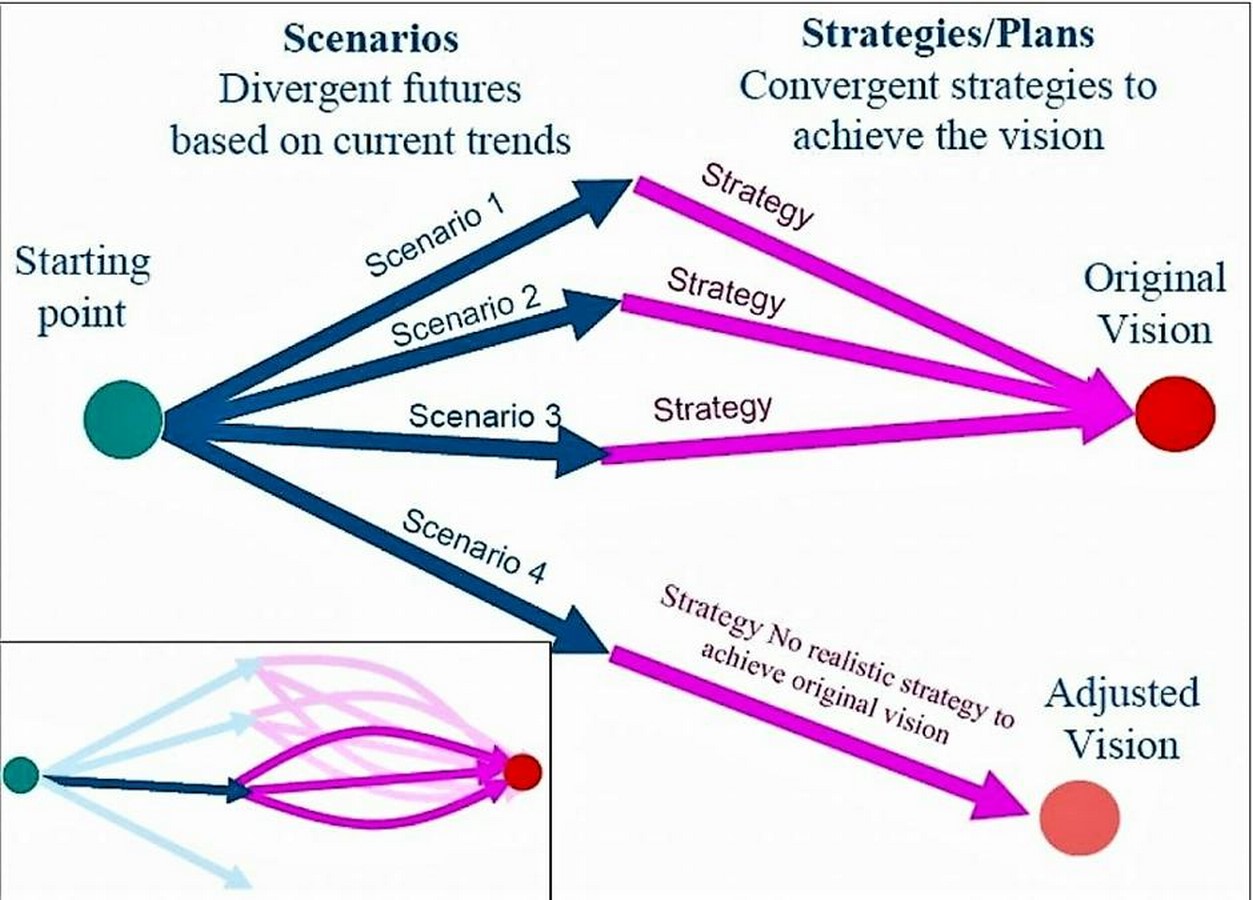
Sci-fi and Virtual Reality
The best way to stay relevant is to always be considering what the future holds and pushing ourselves and the boundaries of the profession to create something valuable.

A Flying Utopia or A Subterrene cosmopolis!
It’s not an outrageous job to acquire an atmosphere like the sci-fi movies but consulting on an empirical basis, how utilitarian is it?
Despite this, there’s always been a conflict between technology and sustainability, yet there is a world calling us to see above these aspects and to create something outside the world!
Sci-fi lovers do incline towards AI city‘s which can be conceivable in the 3000s as well as one can always reach its desired dream just like in the 1900s, we thought of kinetic buildings!
Virtual Reality
The future of design might include the progressive use of VR in architectural design and related AEC sectors which are still in their beginnings. Virtual reality has immense potential to modify how architects design buildings and how they can have a better involvement of clients in the method.
“VR is a huge leap forward for projects in the conceptual stage. Clients can actually see the proposed designs as they are intended”

Companies like “ TREZI” aim to transform traditional, passive, and static design visualization, communication, and collaboration methodologies in the building industry.
Archives of Architecture
Countless questions are still arising in our thoughts about architecture as a profession, it’s the dilemma of facing the reality and the passion of creating a space odyssey and hiding some bitter facts from ourselves.
Can technology beat the human mind and here the question rises again about the conflict between computers and humans?
Can any mechanism or software have the potential to think like a human?
Today software helps just to visualize the result but in the future will the roles get swapped?
Will architects be only there to experience the place and make the changes in computational stimulations?
Atlas, Futurism is beyond current circumstances but visioners can turn these visions into realities and live experiences the way they would like.
LINKS :
ARTICLES :
- ARTICLE 1 : Authors: Rory Stott << Metabolism | Tag | ArchDaily >>
- ARTICLE 2 : Authors: Maulden, Robert << Tectonics in architecture : from the physical to the meta-physical (mit.edu) >>
- ARTICLE 3 : Authors: Sibylle Stromeyer << 4 top Reasons why good Software Architecture is essential for your Success (becompany.ch) >>
- ARTICLE 4: Authors: NOT AVAILABLE << Scenario Building | SSWM – Find tools for sustainable sanitation and water management! >>
- ARTICLE 5 : Authors: NOT AVAILABLE << 5 Trends That Could Shape the Future of Architecture – Think Architecture (thinkaec.com) >>
IMAGES :
IMAGE 1 : 36 Of The Best Space-Saving Design Ideas For Small Homes | Bored Panda
IMAGE 2 : Metabolism | Tag | ArchDaily
IMAGE 3 : One Drawing Challenge 2020: Competition Winners Revealed! – Architizer Journal
IMAGE 4 : Scenario Building | SSWM – Find tools for sustainable sanitation and water management!
IMAGE 5 : How Cities Should Prepare for Artificial Intelligence – MIT Sloan Management Review
IMAGE 6 : 7 Types Of Virtual Reality That Are Changing The Future (smartdatacollective.com)









